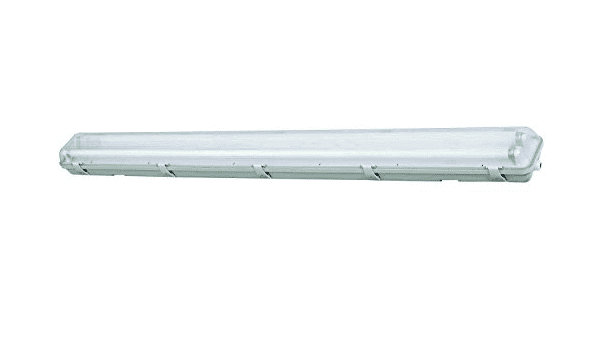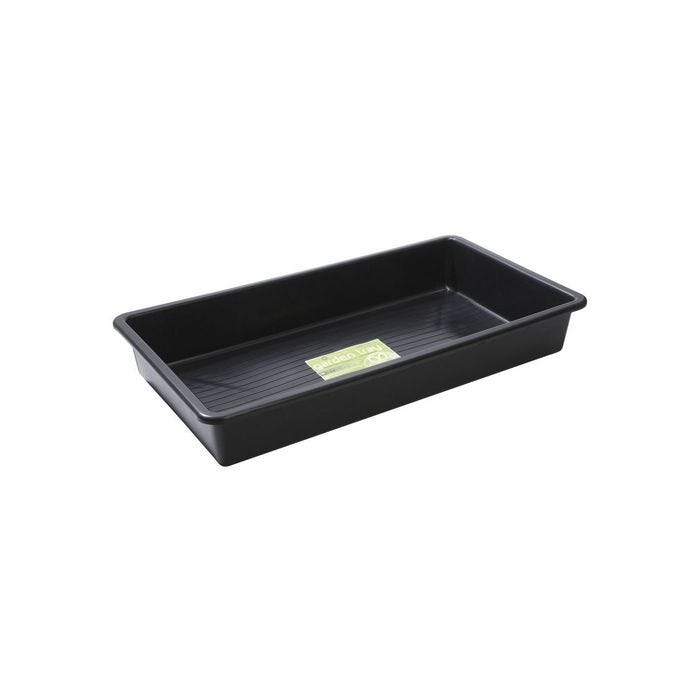H
hydrodreams
- 100
- 43
I noticed that most people say light is a side-issue when trying to make cuts to root. In some forums I even read that you could make a cut root without any light at all or any ambient light-no matter how weak-is just fine....
Then I found other articles or videos (some of big known facilities) where they say 150μmol/s*m is about the best intensity for cuts to root. And some people say that light is indeed an important factor for cuts to root properly and that you can have indeed to little light...
So thats why I wanted to ask the question in the title of this thread:
Did anyone here increase rooting sucess rate by adding more light intensity to unrooted cuts by hanging the lights closer or using stronger lights?
This topic starts to become an issue since I still have a bad rooting rate and I canceled out many factors, so one thing that is left and would make sense is my 48W cfl hanging about 140cm above the dome, I also know about the inverse square law which says with doubling the distance, the ammount of light in the same area becomes 4 times less....
Then I found other articles or videos (some of big known facilities) where they say 150μmol/s*m is about the best intensity for cuts to root. And some people say that light is indeed an important factor for cuts to root properly and that you can have indeed to little light...
So thats why I wanted to ask the question in the title of this thread:
Did anyone here increase rooting sucess rate by adding more light intensity to unrooted cuts by hanging the lights closer or using stronger lights?
This topic starts to become an issue since I still have a bad rooting rate and I canceled out many factors, so one thing that is left and would make sense is my 48W cfl hanging about 140cm above the dome, I also know about the inverse square law which says with doubling the distance, the ammount of light in the same area becomes 4 times less....







